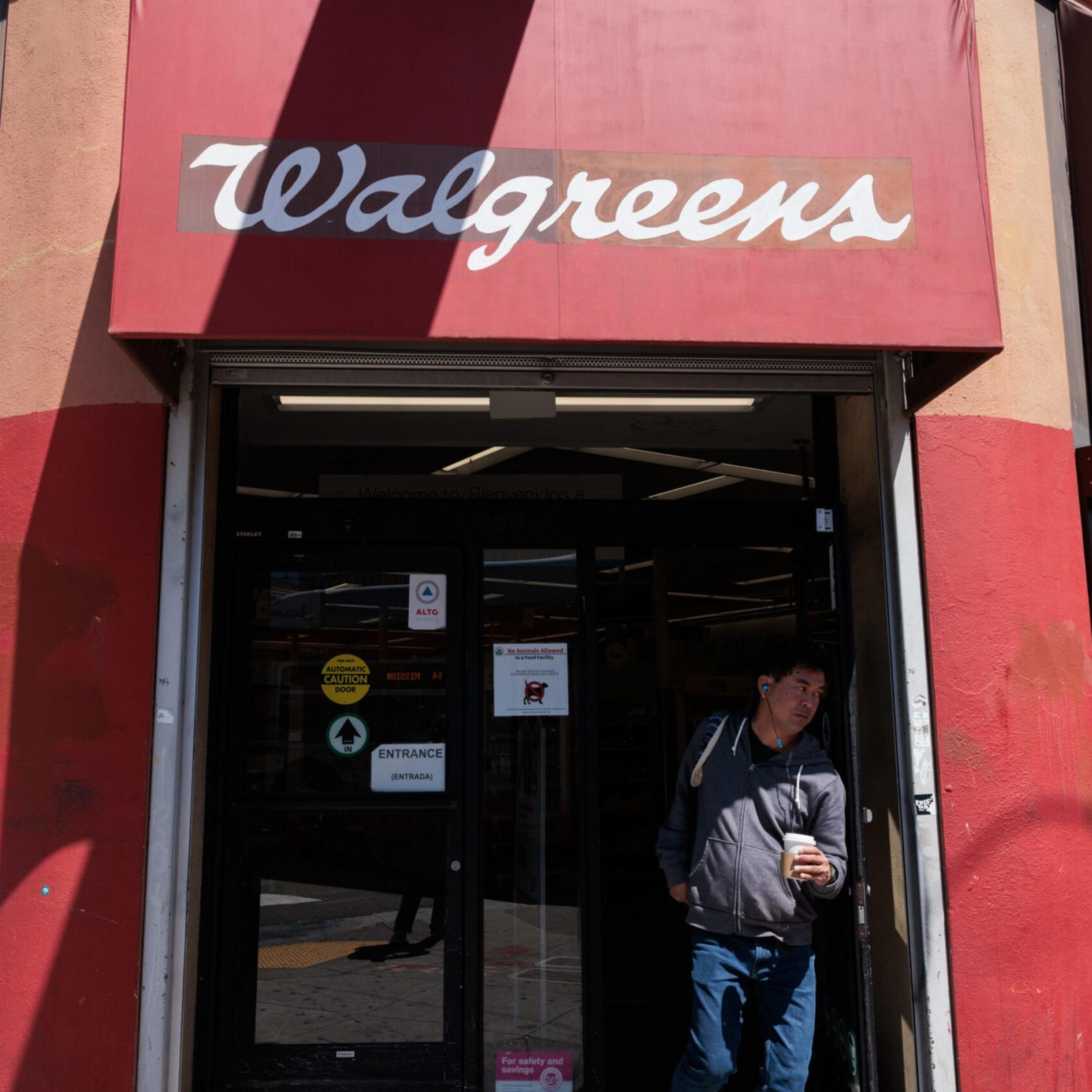A line of about five disgruntled customers had already formed outside the Walgreens at the corner of Polk Street and Broadway on Russian Hill by the time the store opened on a recent Thursday.
“Every day it’s like this,” one said. “There’s long lines and only one person working,” another added.
There was just one pharmacist working in the back, with two clerks staffing the counter.
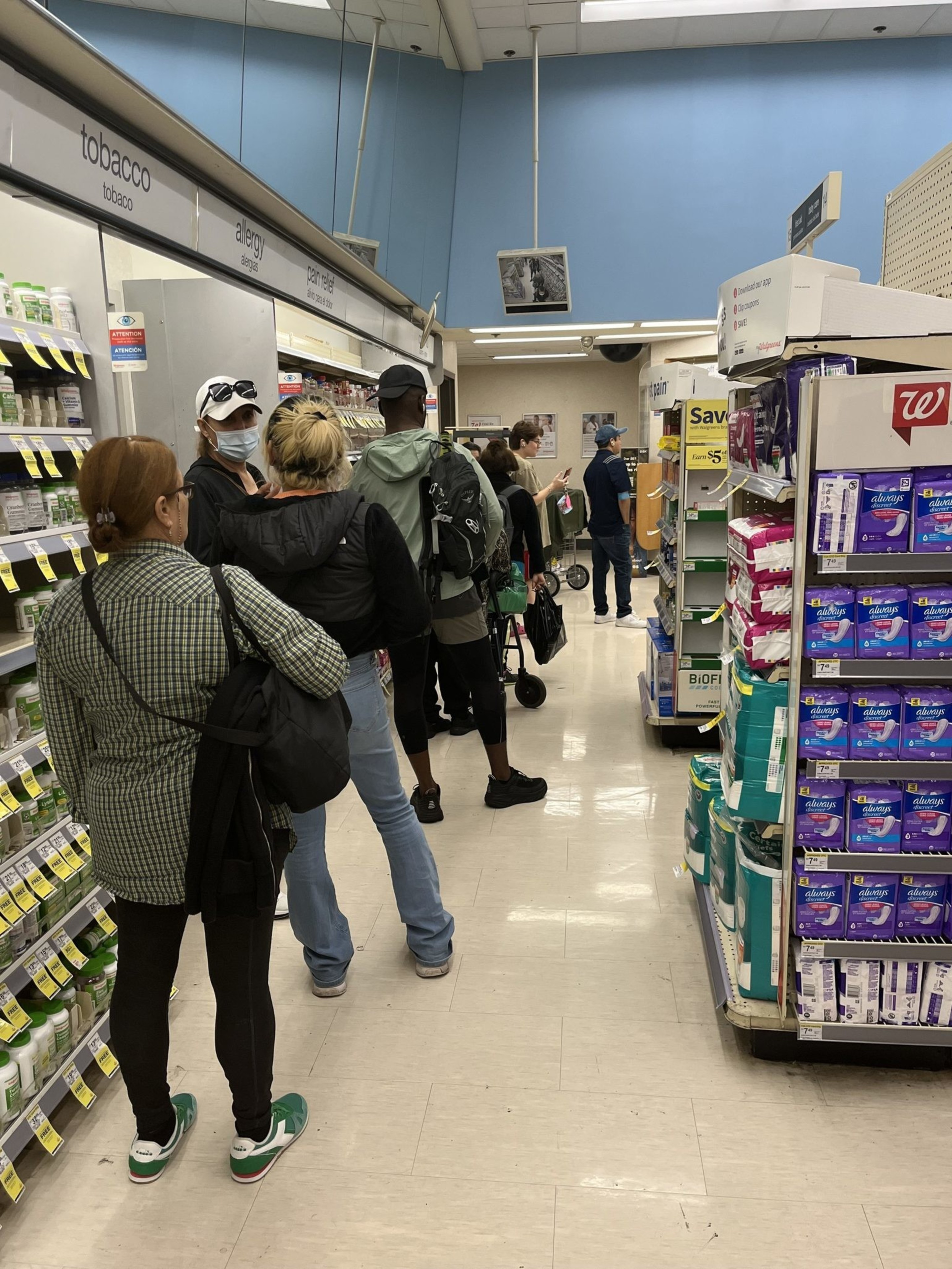
After buying up prime retail space across San Francisco and out-competing independent pharmacies over the last few decades, big-box pharmacy chains are retrenching their operations — with customers and employees feeling the squeeze.
Since 2021, Walgreens has shuttered (opens in new tab) nine stores in San Francisco, initially blaming five of the closures on retail theft — a claim it has since walked back (opens in new tab). The chain said Tuesday it would close 1,200 (opens in new tab)of its nearly 9,000 stores nationwide but did not say where. Since 2022, almost half of the CVS pharmacies (opens in new tab) in San Francisco have closed.
The Standard visited seven of the remaining 40-plus Walgreens stores in the city at various times over the course of a week and found three to be struggling with long wait times for refills.
At CVS, the situation appeared somewhat better. During visits to four of the 12 remaining stores, just one appeared to have long wait times. CVS contends that closures have been good for staffing levels at its remaining city stores, as workers were offered positions at open locations.
“Staffing and service levels in San Francisco are stronger than they’ve ever been, given the consolidation of stores in this market,” said CVS spokesperson Amy Thibault.
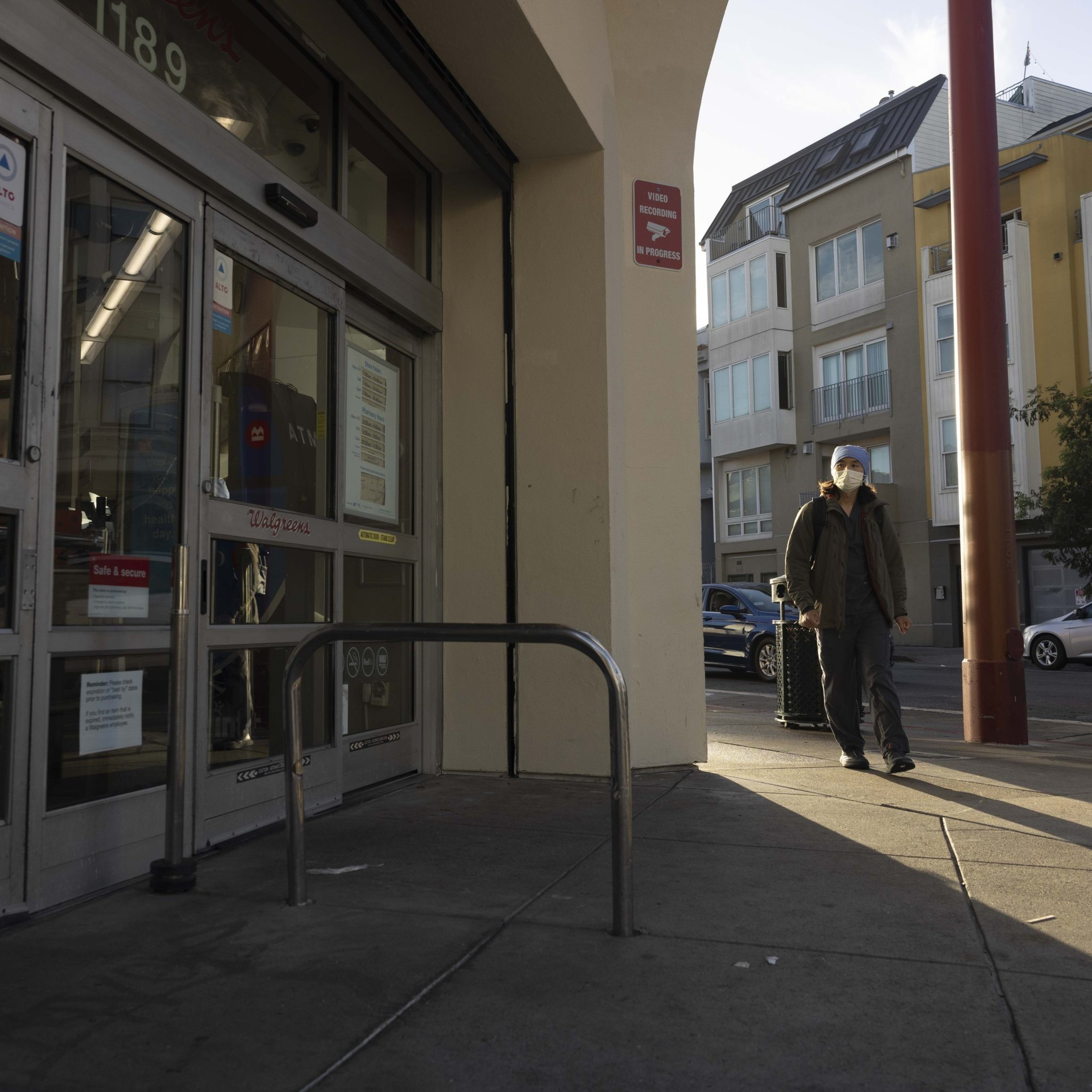
Walgreens said in most cases, staff were offered positions at different locations. But the combination of fewer Walgreens pharmacies, minimal staffing, and increasing workloads is making life difficult for customers and employees alike. People with serious medical conditions wait days to get prescription refills and sometimes spend up to an hour in line, while pharmacists are expected to fill hundreds of prescriptions per shift.
Customers have few alternatives because the big-box chains have long since driven most independent pharmacies out of business, and insurance companies seldom allow refills to be picked up elsewhere.
As those waiting inside the Broadway Walgreens grew angrier, the lone pharmacist told The Standard he barely had time for a lunch break.
“I come in and I work a straight eight-hour shift,” he said, declining to provide his name.
While those in line declined to speak on the record due to privacy concerns, customers have not held back from making their feelings known via Google reviews (opens in new tab), labeling the Broadway store “the worst and slowest run pharmacy West of the Mississippi.”
Cancer patient Jordan Bowen is a regular at Walgreens. He takes around 11 medications and said it’s a nightmare getting refills.
“It’s been one of the hardest parts about this ordeal,” Bowen said.
From the time a doctor approves a refill, it can take up to five days for Bowen to get his prescription, even for drugs paid for out of pocket.
“Five days to get a refill can kill someone,” Bowen said in an email. “Especially someone who can’t physically show up and beg to have their Rx refilled, which is often what it takes.”
Bowen’s husband usually goes out to deal with the excruciating wait times on his behalf. But when he can’t, Bowen goes in himself and “plays the cancer card,” holding up his cellphone’s Notes app for the pharmacist to see with the words “I’m in chemotherapy. Please fill my prescriptions” written in large type. The strategy usually works.
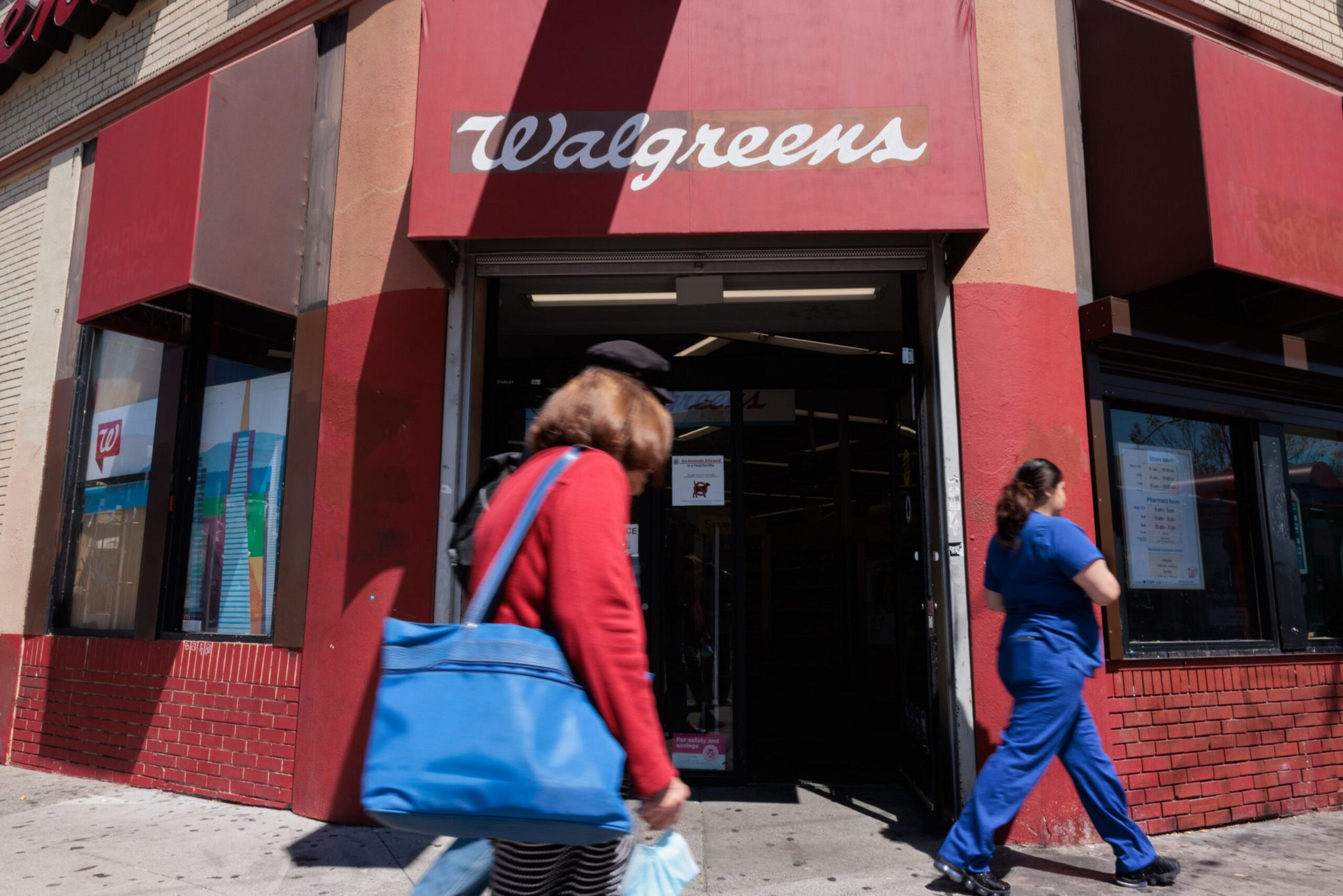
At the Walgreens in the Mission, customers face similar issues. At midday on a Friday, a line of some 15 people snaked in front of the pharmacy.
Anne Norland, a Sacred Heart Cathedral drama teacher, has been getting prescriptions filled at the store since her insurance changed over the summer. She can’t get her meds mailed and thought she’d try coming midday to beat the after-work rush but still found a crowd.
“[It] becomes a whole afternoon event,” Norland said.
Bob Calhoun was exasperated by the wait at the Castro’s Walgreens that afternoon, and most times he visits.
“I’m an old guy; I take a lot of medications,” he said. “It’s just a pain in the ass.”
Calhoun told The Standard that in addition to the waits, he’s frustrated by the pharmacy’s lack of inventory, as he is sometimes told his meds aren’t in stock.
Dr. Kenneth Schell, a retail pharmacy expert, said staffing issues are a knock-on effect of increased workload.
While the number of prescriptions has gone up, staffing levels haven’t kept up with demand, Schell said. The total number of prescriptions dispensed annually in the U.S. steadily increased from 4 billion in 2009 (opens in new tab) to almost 7 billion (opens in new tab) in 2022. Though studies have shown waning national interest in the profession (opens in new tab), some experts say it’s work conditions (opens in new tab) that drive even trained pharmacists to seek other careers.
A nightmare for pharmacists
Pharmacists in San Francisco are stressed out, said Dan Larson, president of USCW Local 648, which represents Walgreens staff.
Pharmacists tell him daily they are “overwhelmed and overworked” with prescriptions, he said.
The burnout is not unique to San Francisco: More than 90% of pharmacists in California who work at chains like Walgreens and CVS said they felt staffing was not sufficient to “ensure adequate patient care,” according to a survey conducted last year by the California State Board of Pharmacy. Nearly 40% of chain pharmacists reported needing to fill more than 300 prescriptions per shift, the survey showed.
Staffing complaints fall on deaf ears with Walgreens, Larson said: The company won’t hire more employees and continues to cut hours for pharmacists, leaving them to get more work done in a shorter period.

Walgreens said union claims about its hiring practices are “unequivocally false,” and it has taken steps over the last few years to improve pharmacists’ experience at work, including piloting new store formats and investing in robotics and automation.
Schell said recently passed statewide legislation called the Stop Dangerous Pharmacies Act will empower chain pharmacists to wield more control over staffing by introducing consequences for store owners who skirt regulations.
“This helps them speak up,” Schell said. “It gives them the support to know that if I speak up, I will be heard.”
Iqbal Gill has experienced the poor working conditions that cause pharmacists to go part-time or find different jobs. A pharmacist for 30 years, he remembers when it was a good job with great benefits. But now, he said, “Humans have no value. It’s about the number of prescriptions.”
Gill left chain pharmacies and in August bought Reliable Rexall Sunset Pharmacy, one of the last remaining independents (opens in new tab)in the city.
But he’s struggling.
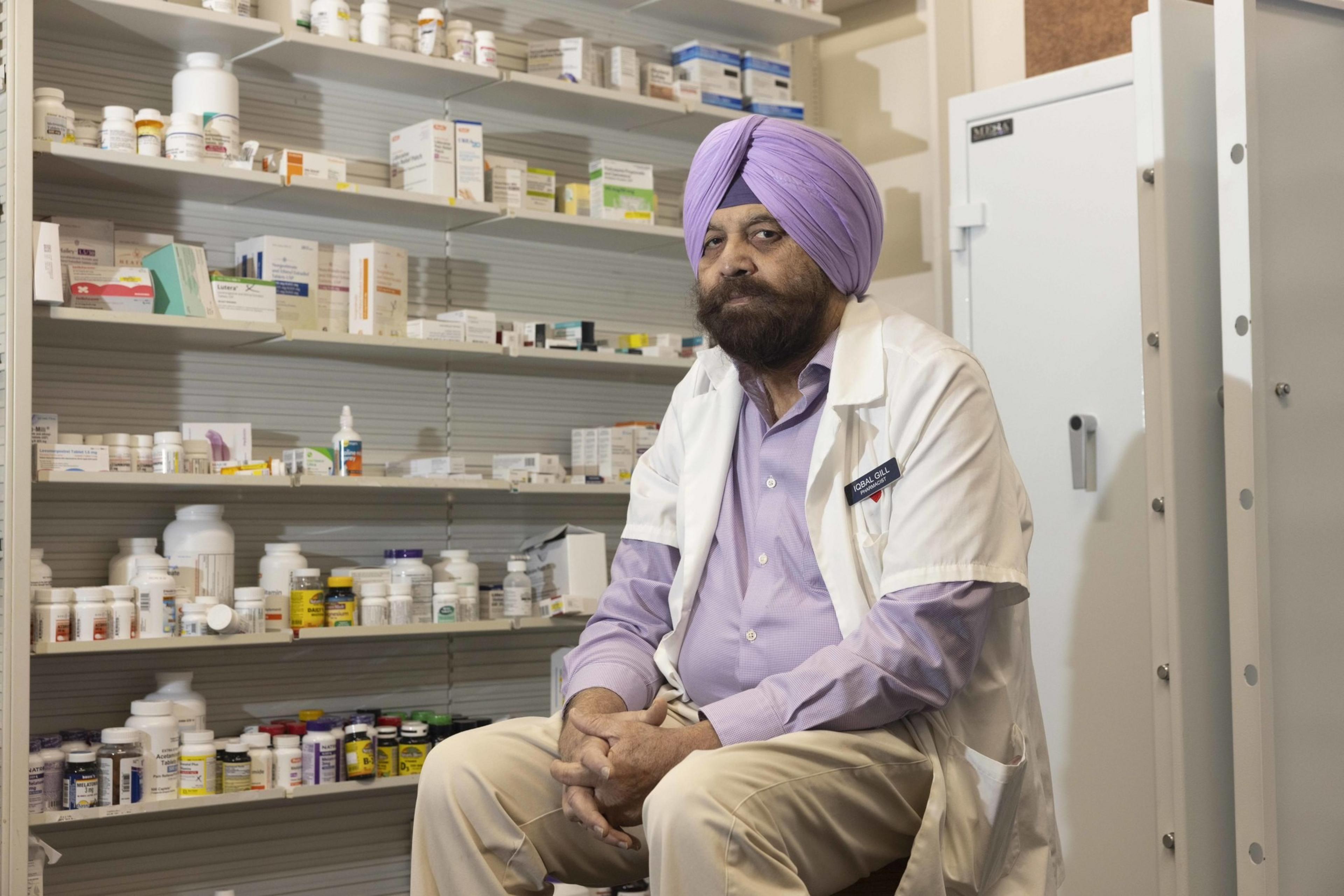
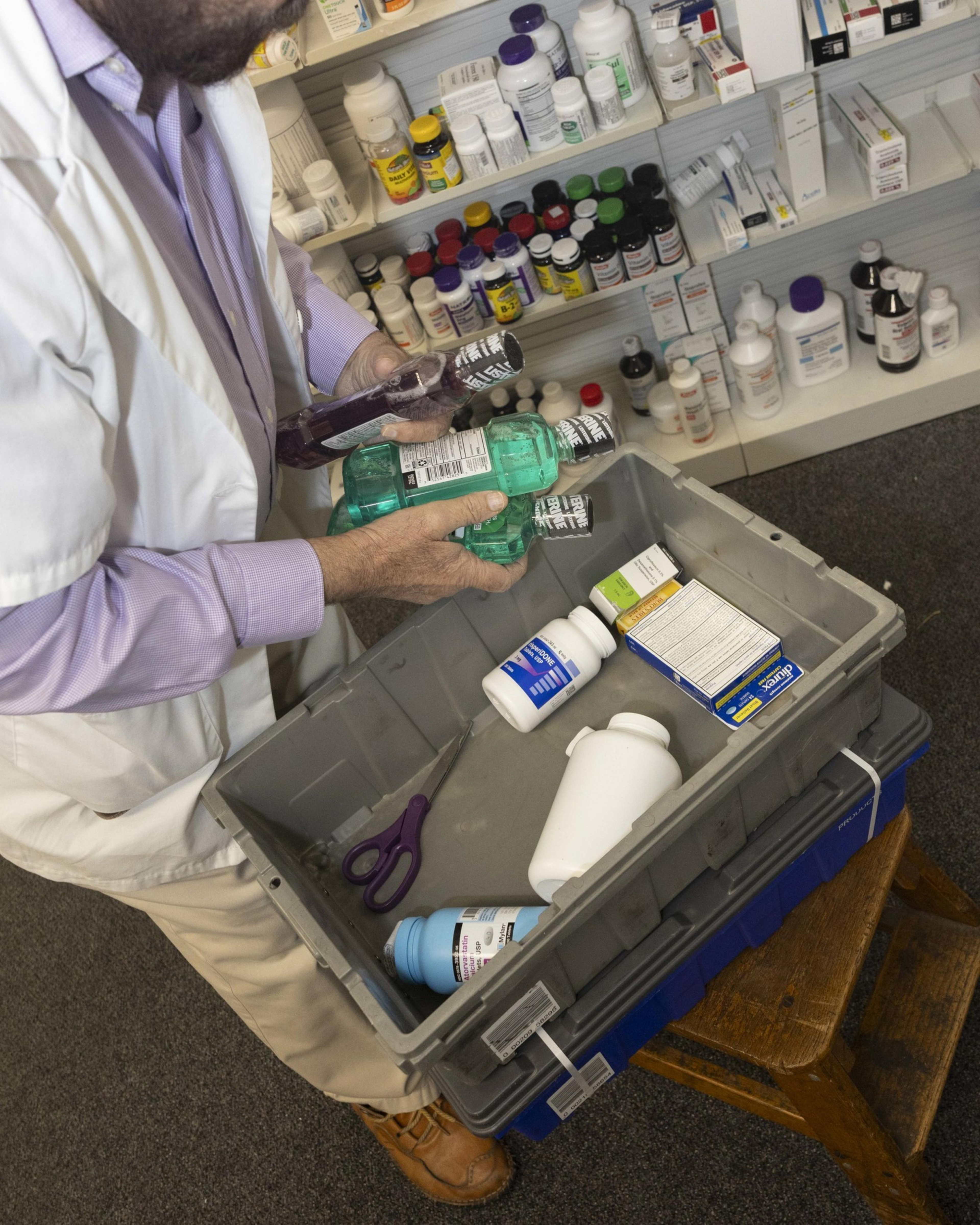
The biggest problem facing independent pharmacies is low reimbursement rates from pharmaceutical companies, he said. Gill estimates that he earns a small fraction of what big chains make on the same drugs.
In September, Gov. Gavin Newsom vetoed SB 966, a bill that might have helped with such issues. Advocates say it would have benefitted independent pharmacies by increasing oversight of the “pharmacy benefit managers” who negotiate reimbursement rates. A recent U.S. Trade Commission report (opens in new tab) detailed how these middlemen may be inflating drug costs, leaving small pharmacies like Rexall financially in the lurch.
In the early 1990s, there was an independent pharmacy on every corner, Gill said. Now, they’re mostly gone, and he thinks both pharmacists and customers in San Francisco are paying the price.
“People want personal service. People want to be addressed by their name. People want local businesses,” he said. “But local businesses don’t survive.”
